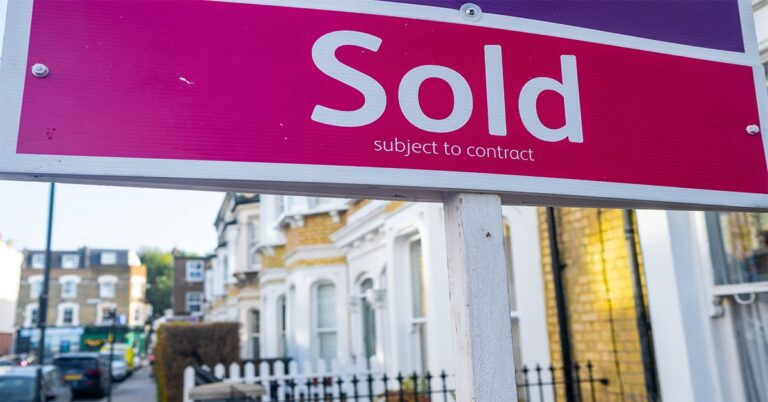After the most recent hike in mortgage rates, renters in 46 of the 50 largest cities in the U.S. are unable to afford a starter home, according to new research from Yardi Matrix division Point2.
That’s up from 44 of 50 only two months ago, when interest rates hovered around 5.5%. But in October, when interest rates inched closer to 7%, Kansas City, Missouri, and Baltimore were the two newest cities to join the ranks of the unaffordable.
Given the local median price of a starter home and assuming a 20% downpayment, renters in Kansas City now make only 93% of the income required to purchase a “starter home” with a 7% mortgage rate, while those in Baltimore top out at 91% of the required income.
The only large cities where so-called starter homes are affordable for renters are Detroit (where renter households make 131% of the income required to buy); Tulsa, Oklahoma (119%); Memphis (111%); and Oklahoma City (100%).
In several of the nation’s largest markets, renters aren’t anywhere close. In Los Angeles, the median income for renter households is a scant 30% of the income required to buy a starter home with a 7% rate. In nearby Long Beach, California, it’s 36%. In the San Francisco Bay Area, much of the same situation exists: In San Francisco, San Jose and Oakland, the typical renter earns a respective 40%, 37% and 37% of the income needed to purchase a starter home.
It’s a far cry from the old days of starter homes, when 70% of all new home construction fell under the umbrella of single-family houses of 1,400 square feet or less that started at $6,990. That, however, was in the 1940s. Four decades later, this share had dropped to 40%. And in 2019, only 7% of homes fell under the same category.
“Further proof that starter homes are vanishing is their changing definition,” the Point2 study stated. “They used to be the small, super-affordable houses that a young person or family could buy in order to get on the property ladder.
“But now, they’ve come to represent simply the cheapest homes available in a market, or homes that fall within the 5th to 35th percentile price range. And it’s not just renters and young families who are vying for them: Downsizing baby boomers, second homebuyers and property investors are in direct competition with first-time buyers for this dwindling housing segment.”







